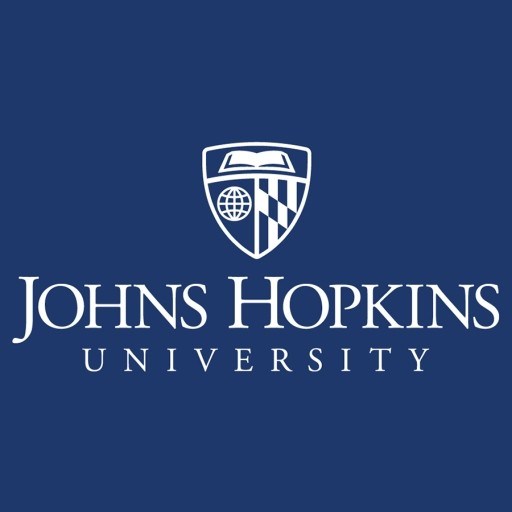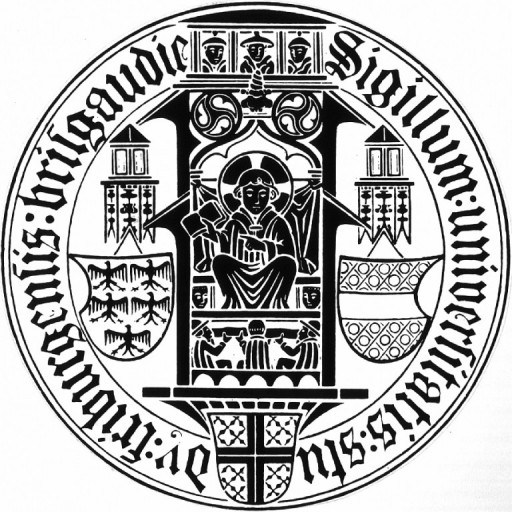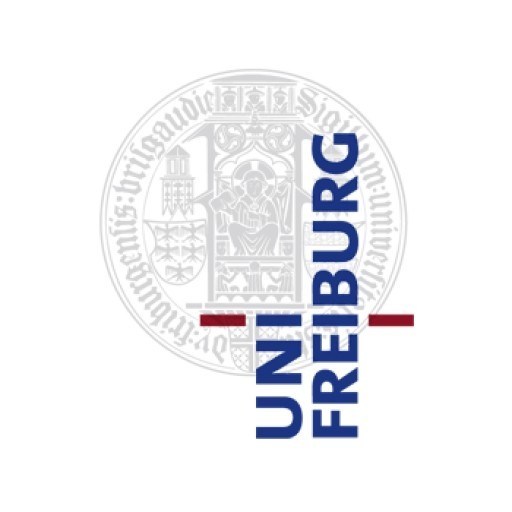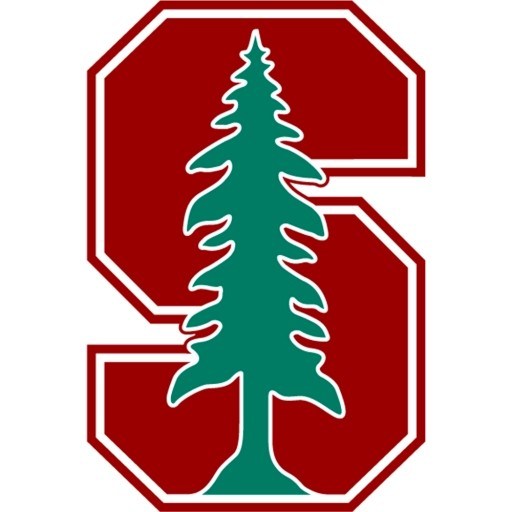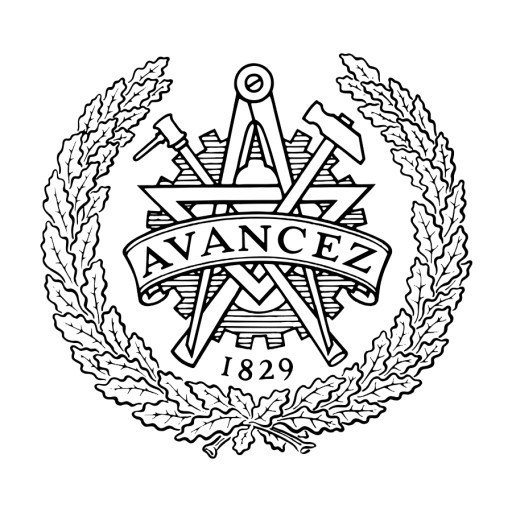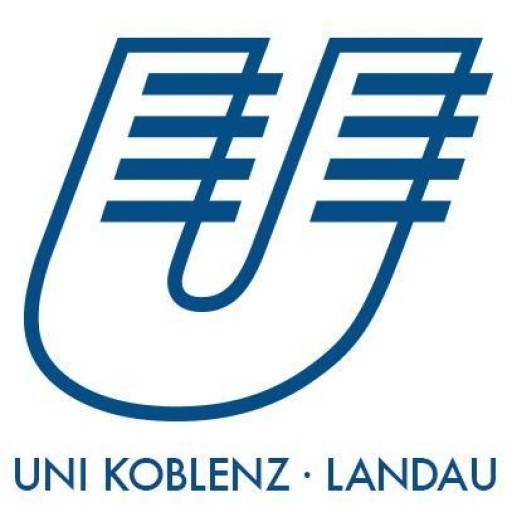Photos of university
The Master’s Programme in Quantum Physics for Advanced Materials Engineering at the National University offers a comprehensive curriculum designed to equip students with in-depth theoretical knowledge and practical skills in quantum mechanics, condensed matter physics, and materials science. This interdisciplinary program focuses on the study and application of quantum phenomena to develop innovative materials with enhanced properties, including superconductors, quantum dots, and other nanostructured materials. Throughout the course, students will explore topics such as quantum field theory, solid-state physics, quantum computing principles, and advanced characterization techniques, preparing them for research, industry, or academic careers. The programme includes a blend of lectures, laboratory work, and research projects, allowing students to gain hands-on experience with cutting-edge experimental methods and computational modeling tools. Collaboration with leading research institutions and industry partners provides valuable opportunities for internships and joint projects, fostering a practical understanding of challenges in material design and quantum technology implementation. Graduates of this programme will be well-qualified for roles in research laboratories, high-tech industries, and academia, contributing to innovations in quantum materials and their applications in electronics, energy storage, and quantum information processing. The university’s state-of-the-art facilities and dedicated faculty ensure a stimulating environment for learning and research, supporting students in their pursuit of scientific excellence and technological advancement in the rapidly evolving field of quantum physics and materials engineering.
The Quantum Physics for Advanced Materials Engineering program at the National University offers a comprehensive curriculum designed to equip students with a deep understanding of quantum mechanical principles and their applications in the development and characterization of advanced materials. Throughout this program, students will explore fundamental theories of quantum mechanics, including wave-particle duality, quantum states, and the behavior of electrons in various materials. Emphasis is placed on understanding how quantum phenomena influence material properties at the atomic and molecular levels, enabling graduates to contribute to innovative developments in nanotechnology, semiconductors, superconductors, and other cutting-edge materials.
The curriculum combines theoretical courses with practical laboratory sessions, allowing students to gain hands-on experience with state-of-the-art experimental techniques, such as electron microscopy, spectroscopy, and quantum simulation tools. Students will also learn computational methods for modeling quantum systems, which are crucial for predicting material behavior and designing novel materials with desired properties. Special modules focus on quantum information science and its impact on materials science, including quantum computing, cryptography, and sensors.
Throughout their studies, students will participate in research projects under the guidance of leading experts in the field, fostering critical thinking, problem-solving abilities, and innovation. The program encourages interdisciplinary approaches, integrating principles from physics, materials science, and engineering, preparing graduates for careers in academia, industry, or research institutions working on the forefront of quantum technologies and advanced material design. Upon completion, students will be equipped with the knowledge and skills necessary to tackle complex challenges in the development of next-generation materials driven by quantum phenomena.
Program Requirements:
The Quantum Physics for Advanced Materials Engineering program at the National University requires applicants to hold a Bachelor's degree in Physics, Materials Science, Engineering, or a related field from an accredited institution. Applicants must submit official transcripts demonstrating a solid foundation in undergraduate physics, mathematics, and materials science coursework. A minimum GPA of 3.0 on a 4.0 scale is typically expected, though exceptional candidates with slightly lower GPAs may be considered based on research experience and recommendation letters.
Proficiency in English is mandatory; applicants must submit test scores such as TOEFL or IELTS, with minimum scores set at 90 and 6.5 respectively. For international students whose previous education was not conducted in English, proof of language proficiency is required. Applicants must provide two academic or professional references that can attest to their research potential and academic capabilities.
A Statement of Purpose outlining research interests related to quantum physics and advanced materials, and how the program aligns with career goals, is required. Additionally, applicants must prepare a detailed curriculum vitae highlighting relevant coursework, research projects, publications, internships, and technical skills, including laboratory techniques and computational methods.
Candidates with research experience in quantum mechanics, condensed matter physics, or nanotechnology will be given preference. Prior exposure to quantum algorithms, spectroscopy, or materials characterization techniques can strengthen the application. An interview may be conducted for shortlisted candidates to assess their motivation and suitability for the program.
Applicants are also encouraged to seek funding — including scholarships, research assistantships, or fellowships — which may require submission of additional documentation. All application materials must be submitted through the university's online portal before the specified deadline. The program emphasizes interdisciplinary research and collaboration, expecting students to actively participate in seminars, workshops, and conferences related to quantum physics and advanced material applications.
The financing of the Quantum Physics for Advanced Materials Engineering program at the National University is primarily supported through a combination of government funding, university budgets, and competitive grants. The program benefits from state subsidies aimed at fostering high-tech research and development, which allows for a relatively low tuition fee structure for both domestic and international students. Additionally, students are encouraged to apply for various scholarship opportunities offered by the university, government agencies, and private foundations, which can cover partial or full tuition costs as well as living expenses. The university actively promotes research grants that support postgraduate research, and these funds are often allocated towards Ph.D. students involved in the program, helping to offset the costs associated with laboratory work and international conferences.
Furthermore, the university collaborates with industrial partners in the field of advanced materials and quantum technologies, providing sponsored research projects and internships that offer financial support and practical experience. Some students may also access funding through fellowships designed explicitly for those undertaking specialized studies in quantum physics and materials science. The university’s policy emphasizes enhancing accessibility by providing flexible payment plans and financial aid options based on academic performance and financial need. In addition, external scholarship programs from national and international organizations are actively promoted to prospective students, covering tuition and living costs, and thus making the program more accessible to talented candidates from diverse backgrounds. Overall, the program’s financing structure aims to ensure that financial barriers are minimized, encouraging a wide range of applicants to pursue advanced studies in quantum physics for materials engineering.
The Quantum Physics for Advanced Materials Engineering programme at the National University offers an interdisciplinary curriculum designed to equip students with a comprehensive understanding of quantum mechanics and its applications in developing innovative materials. The program combines theoretical foundations with practical skills, emphasizing modern quantum theories relevant to material science. Students engage in coursework that covers quantum mechanics fundamentals, quantum computing, condensed matter physics, nanotechnology, and advanced characterization techniques. The curriculum also includes extensive laboratory work, research projects, and collaborations with leading research institutes, providing hands-on experience in designing and analyzing materials at the atomic and subatomic levels.
Throughout the programme, students learn about quantum effects such as superposition, entanglement, and quantum tunneling, which are crucial in tailoring the properties of new materials like quantum dots, topological insulators, and nano-scale composites. The programme aims to prepare graduates for careers in research, development, and innovation within academia, industry, and government sectors focusing on advanced material synthesis, quantum device fabrication, and quantum information technologies.
Students benefit from access to state-of-the-art laboratories equipped with the latest instrumentation for quantum measurements and material analysis. The programme also emphasizes interdisciplinary collaboration, encouraging students to work alongside physicists, chemists, and engineers to solve complex problems in material design and optimization. Graduates are expected to possess not only strong theoretical knowledge but also practical skills in computational modeling, data analysis, and experimental techniques. With an emphasis on innovation and cutting-edge research, the program fosters a deep understanding of quantum physics principles and their critical role in shaping the future of advanced materials engineering. The total duration of the programme is typically four years for undergraduate studies and two years for master's level, with options for specialization depending on the student's academic interests and career goals.


